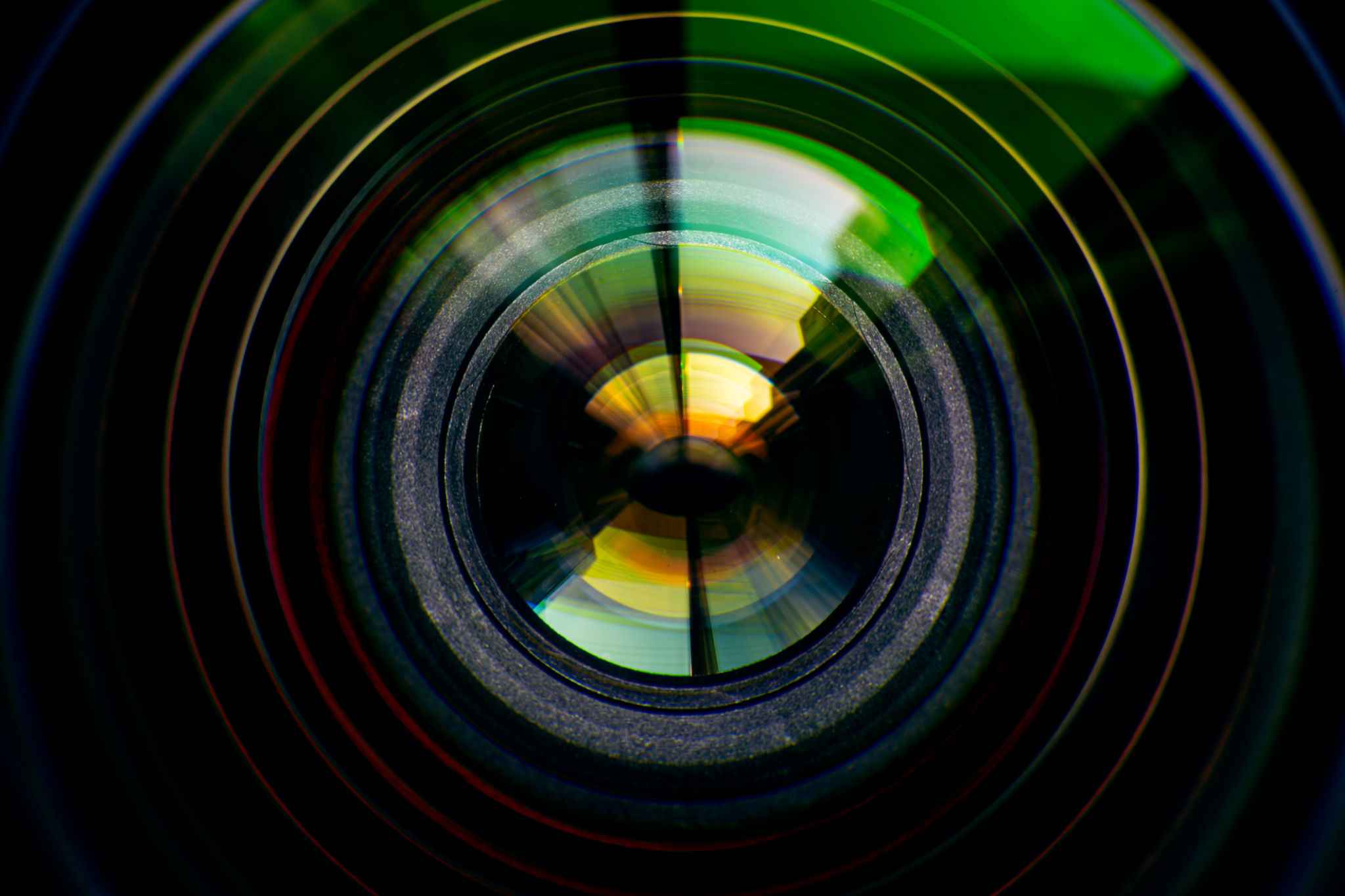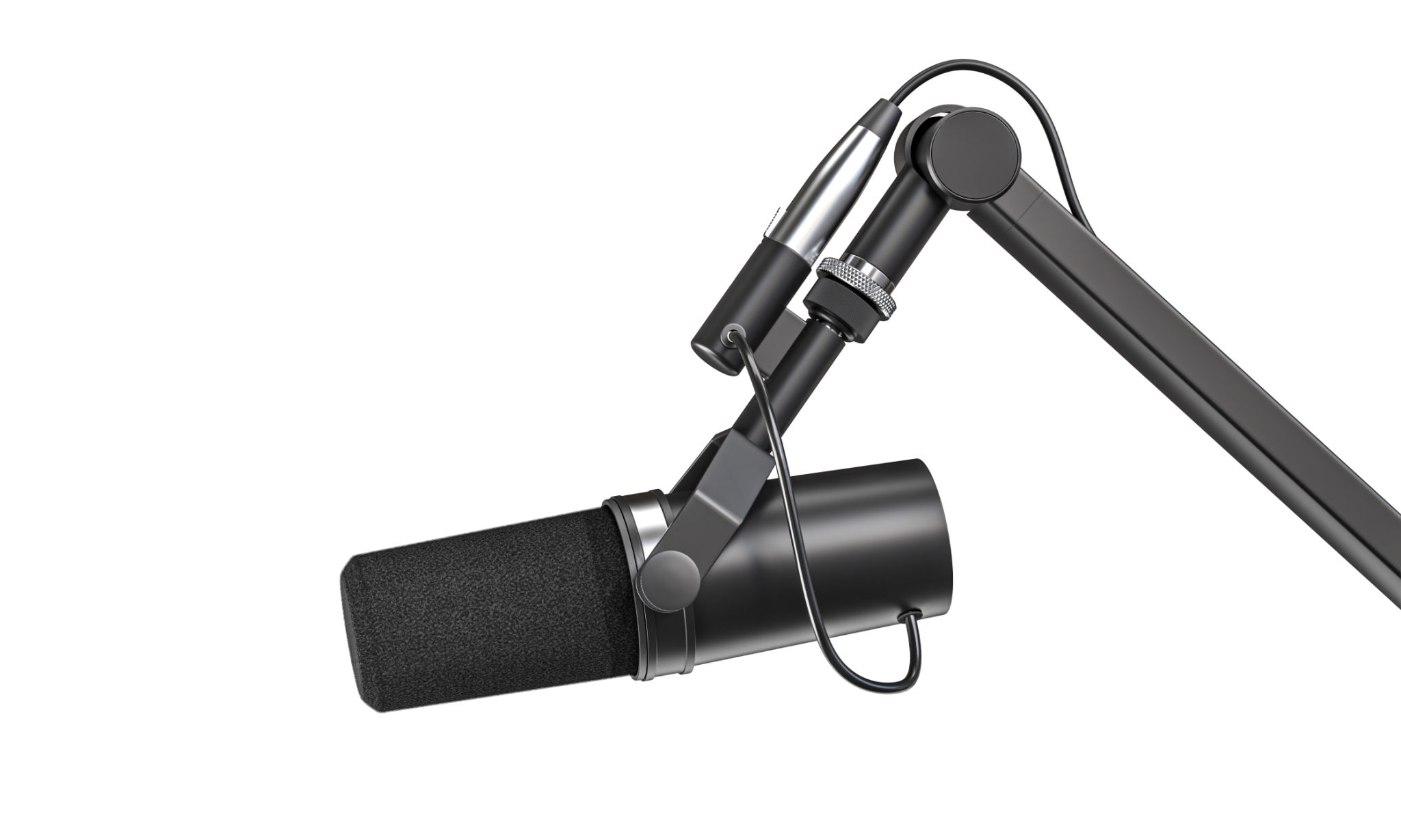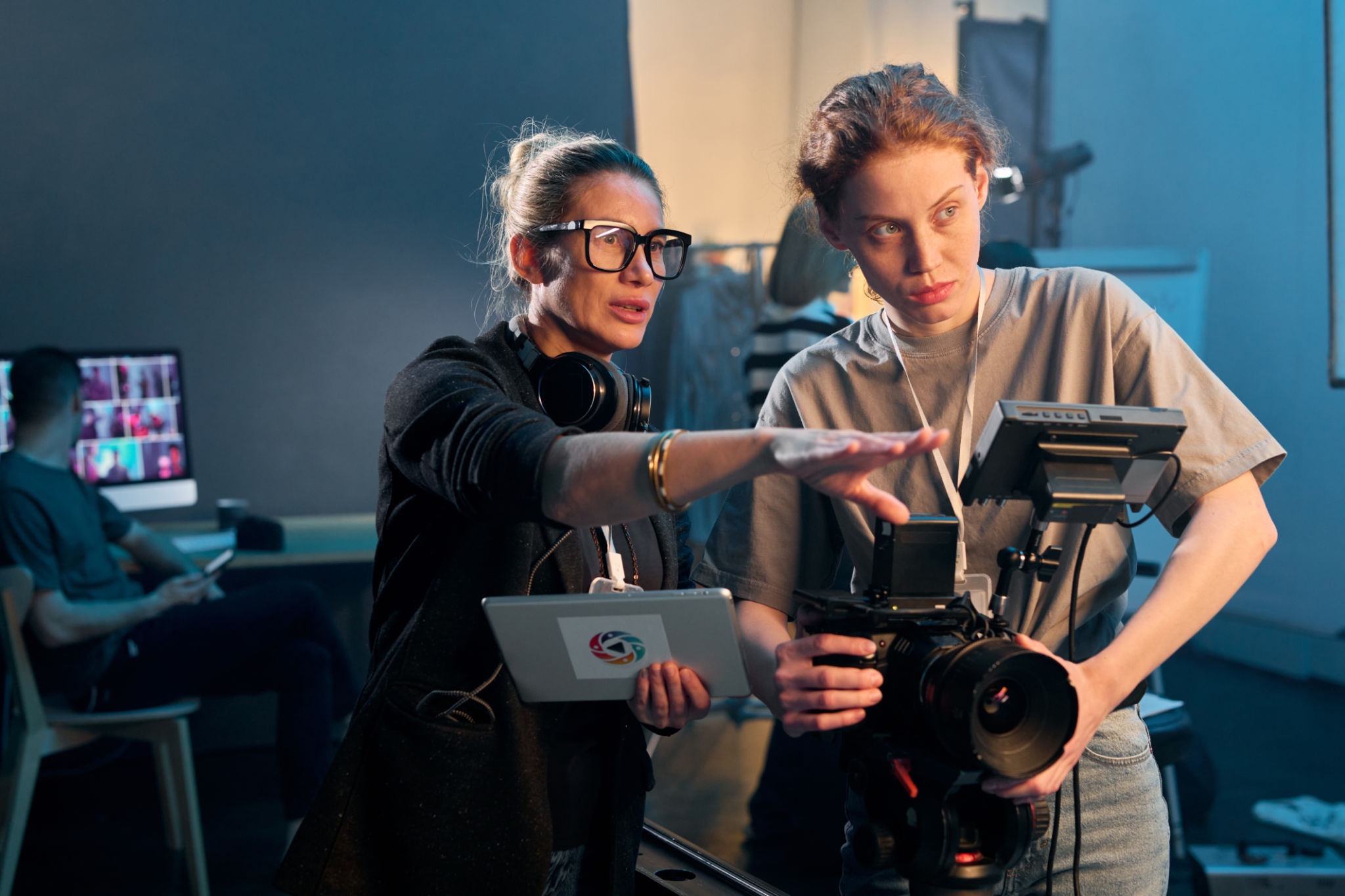Essential Equipment for Real Estate Video Podcasts: A Beginner's Guide
In the rapidly evolving landscape of real estate marketing, video podcasts have emerged as a powerful tool for engaging potential clients. If you're a beginner looking to dive into this medium, having the right equipment is crucial to producing professional and polished content. In this guide, we'll walk you through the essential equipment needed to kickstart your real estate video podcast journey.
Camera and Lenses
The cornerstone of any video podcast setup is the camera. For high-quality video production, consider investing in a DSLR or mirrorless camera. These cameras offer superior image quality and give you control over settings such as aperture, shutter speed, and ISO. Additionally, having interchangeable lenses allows you to adjust for different shooting scenarios, from wide-angle room shots to close-up details.
If you're just starting out, a camera like the Canon EOS M50 or Sony Alpha a6400 can be great options due to their affordability and excellent video capabilities. Don't forget to invest in a good tripod to keep your shots steady.

Lighting Equipment
Good lighting can make a significant difference in the quality of your video podcast. Natural light is always a great option, but it’s not always reliable. Investing in artificial lighting solutions will ensure consistency across your videos. Softbox lights or ring lights are popular choices for providing even and flattering illumination.
When setting up your lighting, aim for a three-point lighting setup: key light, fill light, and backlight. This arrangement helps create depth and eliminates harsh shadows on your subject's face.

Audio Equipment
While visuals are important, clear audio is crucial for retaining viewer attention. An external microphone is essential to capture high-quality audio. USB microphones like the Blue Yeti or condenser microphones such as the Rode NT1 are popular among podcasters for their clarity and ease of use.
Consider using a pop filter to reduce unwanted noise from plosive sounds, and if recording in a noisy environment, a portable sound booth or foam panels can help improve audio quality by minimizing echo and background noise.

Editing Software
Once you've captured your footage, the next step is editing. Editing software allows you to cut unwanted segments, enhance audio and video quality, and add graphics or text overlays. For beginners, software like Adobe Premiere Pro or Final Cut Pro offers robust features that can elevate your content.
If you're looking for free alternatives, DaVinci Resolve and HitFilm Express provide excellent editing capabilities without breaking the bank. Mastering these tools can take time, but they can significantly enhance the professionalism of your final product.
Additional Accessories
To further streamline your production process, consider investing in additional accessories such as a gimbal for smooth motion shots or a teleprompter app to help you deliver scripts seamlessly. These tools can add a level of sophistication to your video podcasts.
Moreover, high-capacity memory cards are necessary for storing large video files, and backup drives ensure you don’t lose any important footage. Keeping your equipment organized with cases and bags will also protect your investment.

In conclusion, launching a real estate video podcast requires thoughtful investment in quality equipment. By equipping yourself with the right tools and continuously honing your skills, you can create compelling content that captivates your audience and enhances your real estate brand's reach. Start small, upgrade as you grow, and remember that consistency is key to success in the world of video podcasts.
